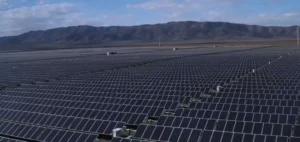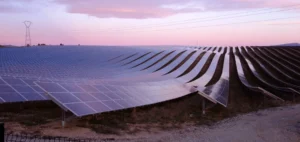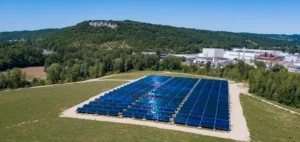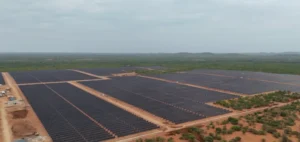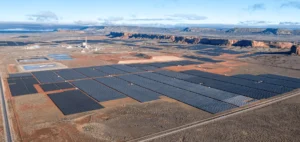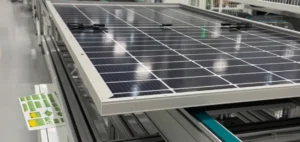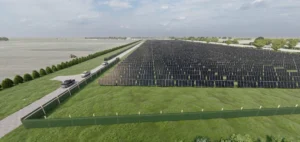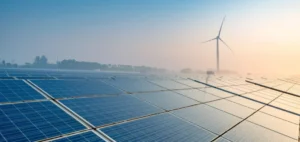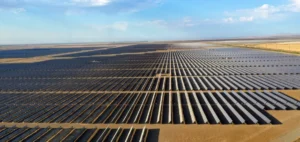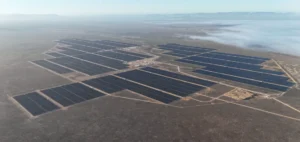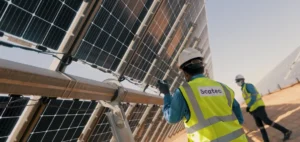The Eurasian Development Bank (EDB) has entered into a partnership with Bishkek Solar to finance the construction of a 300MW photovoltaic power plant in Toru-Aigyr, in the Issyk-Kul region. Scheduled for commissioning in late 2025, the project will benefit from an investment of $210 million (in Chinese yuan) over 15 years.
Agreement framework
The cooperation agreement includes several major commitments:
- An agreement with the National Grid of Kyrgyzstan (NEGK) for the purchase of all electricity produced over 25 years.
- A public-private partnership with the Kyrgyz Ministry of Energy.
- A 25-year investment agreement with the Cabinet of Ministers of the Kyrgyz Republic.
These agreements provide a stable and secure framework for the development of the solar power plant, which complies with international environmental and technical standards.
Benefits and Impact
Denis Ilin, Senior General Manager of EDB, underlined the importance of this power station in reinforcing the country’s energy stability. EDB is no stranger to renewable energy projects. It has financed the construction of seven solar power plants in Armenia (35 MW in total) and ten solar power plants and two wind farms in Kazakhstan (303MW in total). Since 2015, the bank has invested $674 million in renewable energy facilities. In addition, EDB is implementing a $127 million project to build and operate the Kulanak hydroelectric power station. This project is part of the Central Asian Water-Energy Complex mega-project, aimed at improving energy security and strengthening Kyrgyzstan’s position on the Central Asian electricity market. This project not only diversifies the country’s energy production, but also contributes to its energy security and environmental commitments.



